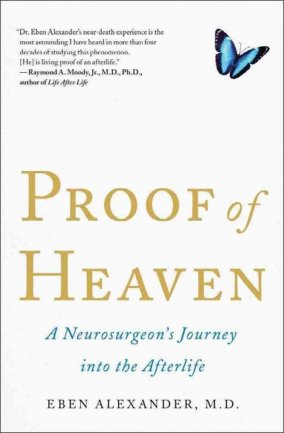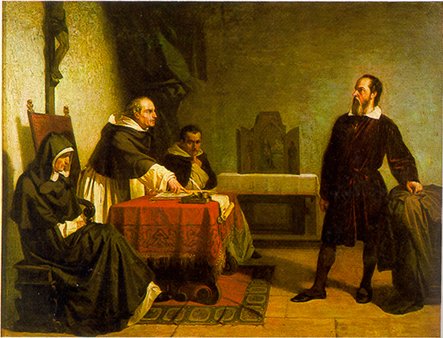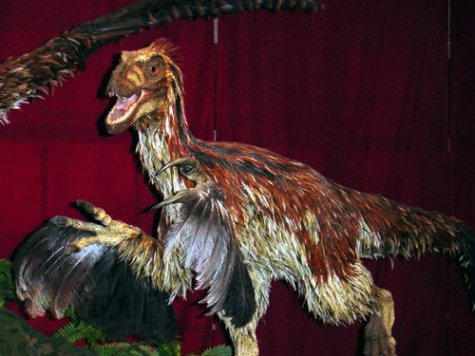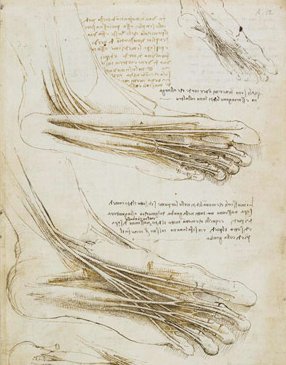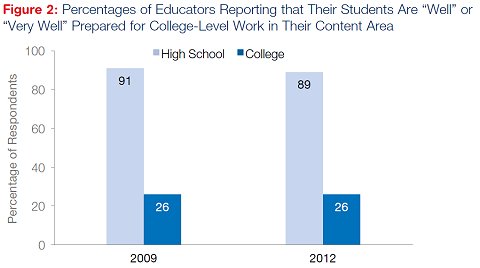
ACT, Inc. is a non-profit organization best known for its standardized college entrance test: the ACT. However, the company does a wide range of assessments for educational institutions, policy makers, and researchers. Every three to five years, they perform the ACT National Curriculum Survey. In this survey, they sample educators at the middle school, high school, and college level, asking them several different questions that are aimed at discovering trends in United States Education. Honestly, I am not all that interested in such reports, but a colleague of mine send me a link to the latest ACT National Curriculum Survey, mentioning the graph reproduced above. I thought it was worth discussing.
In the survey, ACT contacted a representative sample of educators in both public and private educational institutions across the U.S. They received results back from 2,943 high school teachers and 3,596 college teachers. That’s a fairly healthy sample. They don’t go into the details of how they ensured that the sample was “representative,” but let’s assume that their methodology was reasonably correct.
They asked high school teachers how well their students would be prepared for college (in the subject matter they were teaching) after leaving their classes. As you can see, in 2012, 89% said “well” or “very well.” They asked college instructors how well prepared their incoming students were for the classes they were teaching, and as you can see, only 26% answered “well” or “very well.” The numbers were slightly different in 2009, but not significantly so.
While high school teachers think they are providing good college preparation in the courses they are teaching, college instructors disagree. In the end, they find that very few of their students are actually prepared for the classes they are teaching. As the report puts it:
A stark contrast still exists between high school teachers’ perceptions of their students’ readiness for college-level work and college instructors’ perceptions of the readiness of their entering students.
To anyone who has taught at the college level for a while, this isn’t really surprising. Most high school teachers don’t seem to agree with college instructors when it comes to determining how to prepare students for collegiate-level studies.
Continue reading “Contrasting Schools and Homeschools on College Preparation”


